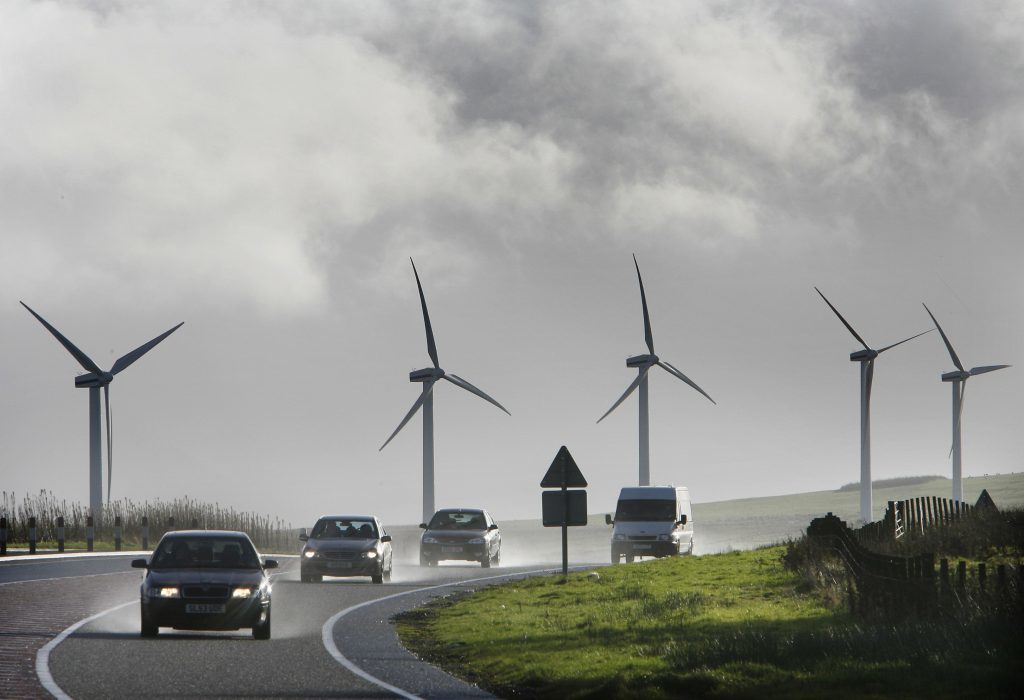
The UK could put “huge amounts” of onshore wind power at risk if it chooses not to repower existing projects, according to a new report.
Today’s report by energy trade body RenewableUK claims that the UK stands to lose more than eight gigawatts (GW) of onshore wind generation if sites are not upgraded, almost a fifth (17.5%) of the country’s entire power output.
The study argues that existing projects need to be repowered “with more powerful turbines on existing wind farm sites”.
The UK’s first commercial wind farms were developed in the 1990s and were built to operate for 20-25 years, with many now not fit for purpose.
However, onshore wind development has been hampered by a lack of UK Government support since 2015.
RenewableUK warn that if the UK Government fail to support repowering of existing sites then an equivalent power gap of up to five million homes could open up.
It also claims it could see the UK “falling further behind” on meeting climate targets.
RenewableUK’s deputy chief executive Emma Pinchbeck said: “This should be an easy win on climate change that cuts emissions and secures cheap power for consumers.
“The public mood is for more urgent action to tackle climate change and this is a concrete example of where government can act to avoid backsliding on progress against our carbon reduction targets.
“We need to see positive policies in place that will keep Britain powered up with clean, affordable electricity.”
Under the report’s ‘optimum scenario’ 12GW of replacement onshore wind capacity could be installed, filling the energy gap by powering nearly eight million homes a year while contributing to climate targets.
Under the study’s ‘low scenario’, however, just 2.76GW of new capacity would be installed – a net loss of 5.5GW – due to fewer successful planning applications and smaller turbines being used.
Ms Pinchbeck added: “Without new policies from government we risk losing huge amounts of renewable energy, so repowering onshore wind is critical to cutting our carbon emissions and closing the looming energy gap.
“Upgrading our infrastructure with modern onshore turbines is good for consumers, as onshore wind is the cheapest form of new electricity available, and brings investment to communities around the UK.”
Recommended for you
